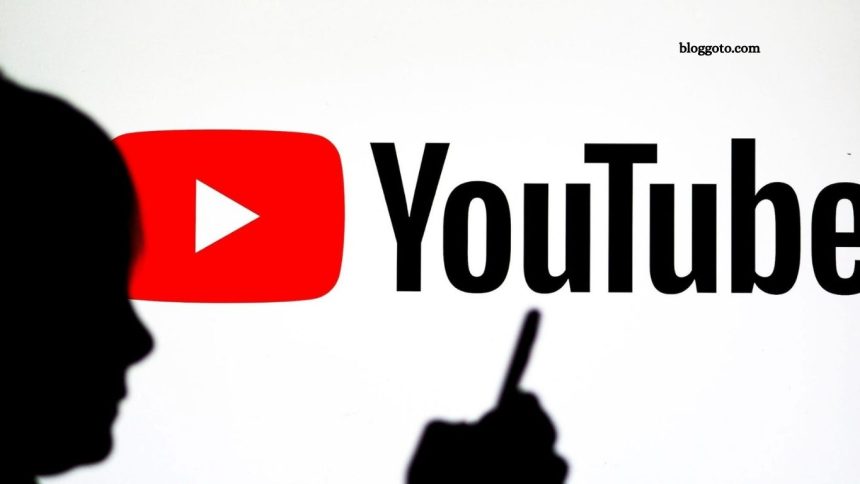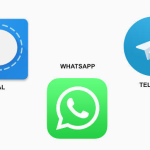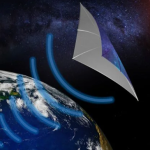YouTube is testing a new artificial intelligence (AI) search feature designed to enhance the user experience, but it comes with a tradeoff that could seriously affect content creators. The platform, owned by Google, now offers AI-powered overviews that aim to deliver fast, summarized answers without users needing to watch full videos. While this might streamline the search for viewers, it raises concerns over declining viewer engagement and revenue for creators.
What Is YouTube’s AI Search Feature?
In June 2025, YouTube introduced an experimental AI search experience to U.S.-based Premium members. When a user searches for something like “best beaches in Hawaii,” YouTube displays a carousel of suggested video clips, each accompanied by a short AI-generated summary. These AI overviews appear at the top of the results page, similar to Google’s AI snippets on search results.
The key goal: help users find answers quickly without clicking through multiple videos. However, this streamlined experience could come at a cost.
Read More: How Hard Is It to Land a Goldman Sachs Summer Internship?
How AI Summaries May Affect Watch Time
For creators, the catch is clear—if users find answers in a written summary, they might skip watching the video altogether. While users can tap video thumbnails to watch specific clips from the carousel, they’re not required to view the entire video. This change could lower total watch time, which directly affects monetization, engagement metrics, and algorithmic promotion.
The Google Influence: A Shift from Search Engine to Answer Engine
YouTube’s move mirrors a broader shift happening at Google. In recent years, Google has introduced similar AI overviews at the top of its search results. These summaries use generative AI to compile direct answers, pulling from websites and cutting down the need for users to click through to source pages.
This change has already impacted online publishers. For example, Business Insider reported a 55% drop in traffic between April 2022 and April 2025, partly due to AI summaries reducing the need for users to visit publisher websites. The decline led the outlet to cut 21% of its workforce.
Nicholas Thompson, CEO of The Atlantic, summarized it best: “Google is shifting from being a search engine to an answer engine.” Publishers and content creators now face the challenge of adapting to this evolving landscape.
Limited Rollout—For Now
Currently, the AI search feature on YouTube is available only to Premium users in the U.S. on iOS and Android devices. It applies to queries related to travel, shopping, and location-based activities. The feature is part of YouTube’s experimental tools and is expected to be available through July 30, 2025.
Although this rollout is limited, its impact is already being closely watched by creators, marketers, and tech analysts.
YouTube’s Value and Reach
YouTube isn’t just a video platform—it’s a massive media powerhouse. Analysts at MoffettNathanson estimate that if YouTube were a standalone business, it would be worth approximately $550 billion. The platform ranks as the second most visited website globally, just behind Google, according to Similarweb.
With that level of reach and influence, even small changes to how content is discovered or consumed can have ripple effects across industries.
Frequently Asked Questions
What is the purpose of YouTube’s AI search feature?
The feature aims to help users find relevant video content more efficiently by offering AI-generated summaries and video previews directly in search results.
Who can access the AI search tool right now?
As of now, the feature is only available to U.S.-based YouTube Premium members using iOS or Android devices.
What kinds of searches does it support?
It currently supports searches related to shopping, travel, and location-based activities such as “things to do in Paris.”
How does this affect content creators?
Creators may see reduced watch time and engagement if users rely on AI summaries instead of viewing full videos, which could negatively impact monetization.
Is this feature similar to Google’s AI overviews?
Yes, it closely mirrors Google’s AI summaries in search results, which have been controversial for reducing web traffic to original content sources.
Can users still watch full videos?
Yes, users can tap on thumbnails to watch specific clips. However, the AI presentation reduces the need to click through to full-length videos.
Will the feature become available to non-Premium users?
YouTube has not announced plans for a broader rollout, but the company often tests new features with Premium users before expanding access.
How should creators respond to this change?
Creators may need to optimize video structure and descriptions for AI readability and consider supplementing content with blogs or social media to maintain traffic.
Conclusion
YouTube’s AI-powered search marks a significant step in the platform’s evolution toward an answer-oriented experience. While the feature promises convenience for users, it presents real challenges for creators who depend on video views and watch time to sustain their channels.
This experiment underscores a larger industry trend: as platforms like Google and YouTube shift toward instant answers and AI-driven engagement, content creators and publishers must adapt their strategies or risk falling behind. Whether this change becomes a permanent feature remains to be seen, but its implications are already shaping the future of digital content.











